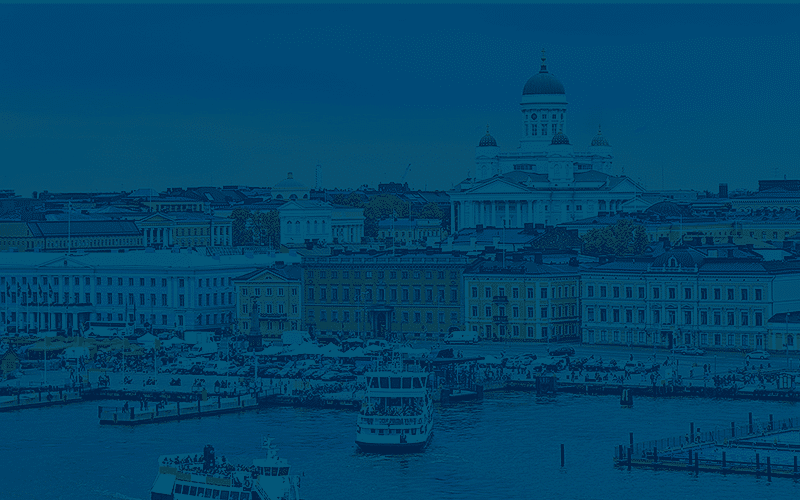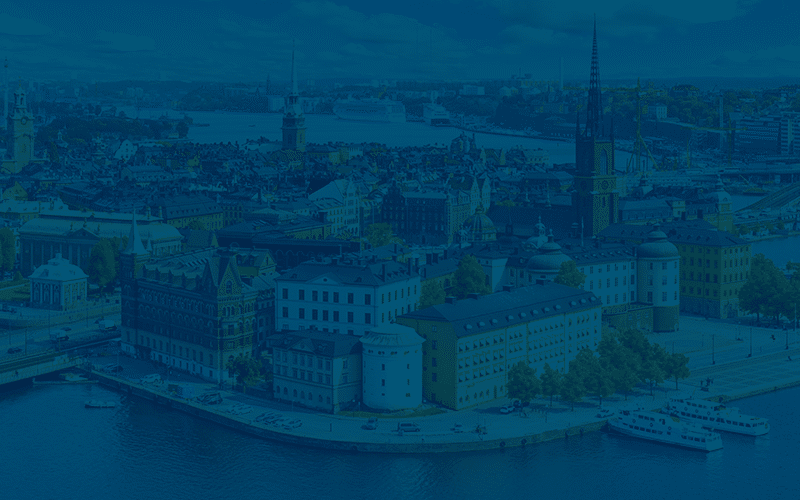Decisions in Organisational Structures
FEATURED SPEAKER
AGENDA OF THE EVENT
We are looking into the dynamic business landscape, where organizations are constantly navigating a sea of technological advancements, evolving consumer demands, and global market shifts. For CIOs and their dedicated IT departments, the winds of change blow strong and unceasing. The role of IT has evolved from a mere support function to a strategic enabler of organizational success.
We are looking into leadership and decisions from a CIO perspective at this gathering. The aspects and dimensions relating to decision-making and how they affect the company on a larger scale. The decision–making process involves identifying needs, clarifying goals, and overcoming obstacles to achieve them.
Actions are guided by your goals, values, and perspectives, whether it’s completing a project or ensuring well-being in the organization. Furthermore, good decisions rely on colleagues bringing contrary perspectives to the table and clarifying boundaries and priorities. Prioritizing based on overarching values is crucial to avoid damaging and random decisions.
Examples of good decisions include delegating decision-making authority to technical disciplines and avoiding micromanagement. It’s also important to avoid following the herd and instead make decisions based on a deep understanding of the situation and the needs of the business, even if it means going against the tide.
For today’s Roundtable, we have invited Erling Moen Synnes, CIO at DNO to share his reflections from years of leading people through changes.






